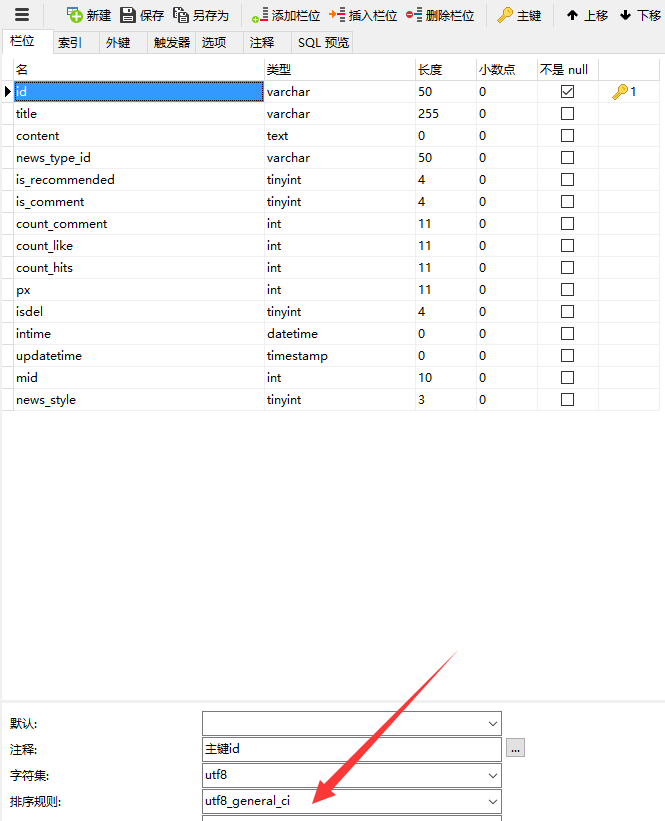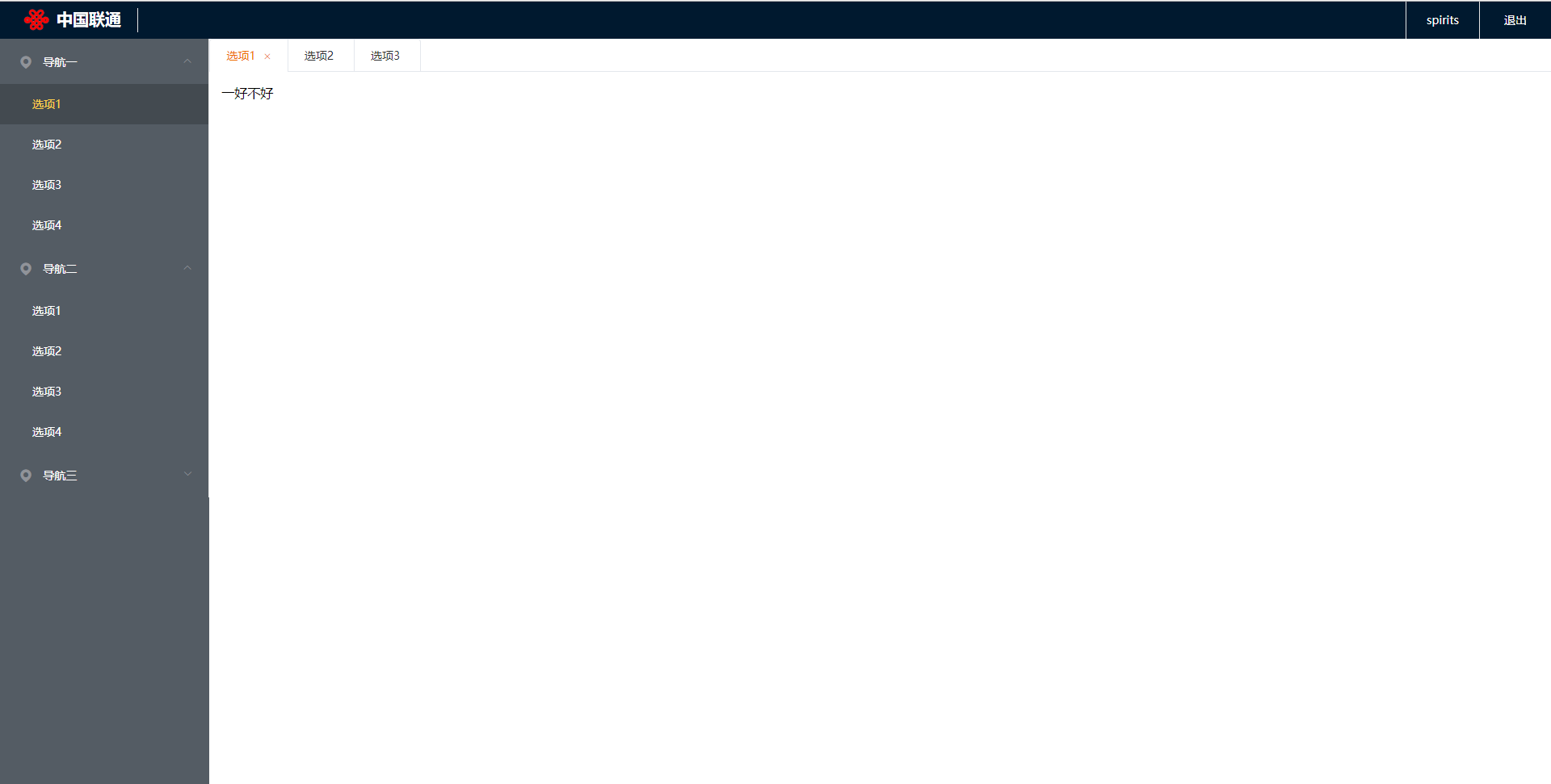SpringSecurity+OAuth2实现单点登录SSO(详细教程+源码)
文章目录
- 一、父级项目sso-oauth2-demo
- 二、授权服务器auth-server
- 三、客户端应用client-a与client-b
- 四、启动与测试
本节源码在https://github.com/laolunsi/spring-boot-examples上,请放心食用
本节利用Spring Security Oauth2实现SpringBoot项目的单点登录功能。
创建三个SpringBoot应用:auth-server, client-a, client-b,其中auth-server是授权服务器,用于登录、获取用户信息。
本节采用SpringBoot 2.1.9.RELEASE和Spring security 2.1.9.RELEASE
一、父级项目sso-oauth2-demo
首先我们创建一个父maven项目,取名sso-oauth2-demo。而上面说的三个应用是这个项目的子应用。父级项目maven引入如下配置:
<?xml version="1.0" encoding="UTF-8"?><project xmlns="http://maven.apache.org/POM/4.0.0" xmlns:xsi="http://www.w3.org/2001/XMLSchema-instance" xsi:schemaLocation="http://maven.apache.org/POM/4.0.0 http://maven.apache.org/xsd/maven-4.0.0.xsd"><modelVersion>4.0.0</modelVersion><groupId>com.example</groupId><artifactId>sso-oauth2-demo</artifactId><version>1.0-SNAPSHOT</version><properties><java.version>1.8</java.version><spring-boot.version>2.1.9.RELEASE</spring-boot.version><spring-security.version>2.1.9.RELEASE</spring-security.version></properties><dependencies><dependency><groupId>org.springframework.boot</groupId><artifactId>spring-boot-starter-security</artifactId></dependency><dependency><groupId>org.springframework.security.oauth.boot</groupId><artifactId>spring-security-oauth2-autoconfigure</artifactId><version>${spring-security.version}</version></dependency></dependencies><dependencyManagement><dependencies><dependency><groupId>org.springframework.boot</groupId><artifactId>spring-boot-dependencies</artifactId><version>${spring-boot.version}</version><scope>import</scope><type>pom</type></dependency></dependencies></dependencyManagement></project>
这个父级项目只有一个maven的pom.xml,不需要代码。下面我们开始创建授权服务器和客户端应用A/B
二、授权服务器auth-server
在这个sso-oauth2-demo项目下创建子SpringBoot项目——auth-server,引入如下依赖配置:
<?xml version="1.0" encoding="UTF-8"?><project xmlns="http://maven.apache.org/POM/4.0.0" xmlns:xsi="http://www.w3.org/2001/XMLSchema-instance" xsi:schemaLocation="http://maven.apache.org/POM/4.0.0 https://maven.apache.org/xsd/maven-4.0.0.xsd"><modelVersion>4.0.0</modelVersion><parent><groupId>com.example</groupId><artifactId>sso-oauth2-demo</artifactId><version>1.0-SNAPSHOT</version><relativePath/> <!-- lookup parent from repository --></parent><artifactId>auth-server</artifactId><version>0.0.1-SNAPSHOT</version><name>auth-server</name><description>Demo project for Spring Boot</description><dependencies><dependency><groupId>org.springframework.boot</groupId><artifactId>spring-boot-starter-web</artifactId></dependency><dependency><groupId>org.springframework.boot</groupId><artifactId>spring-boot-starter-test</artifactId><scope>test</scope></dependency></dependencies><build><plugins><plugin><groupId>org.springframework.boot</groupId><artifactId>spring-boot-maven-plugin</artifactId></plugin></plugins></build></project>
这里我们可以看到是继承了父级的sso-oauth2-demo项目,从父级项目继承了一些公共的依赖。
配置:
server:port: 8300servlet:context-path: '/auth'
PS:授权服务器的配置文件比较简单,不需要其他东西。
启动类:
@SpringBootApplication@EnableResourceServerpublic class AuthServerApplication {public static void main(String[] args) {SpringApplication.run(AuthServerApplication.class, args);}}
PS: 启用资源服务器
下面需要进行一些关于auth和security的配置,这里需要两个类:
/** * 授权服务器配置 */@Configuration@EnableAuthorizationServerpublic class AuthServerConfig extends AuthorizationServerConfigurerAdapter {@Autowiredprivate BCryptPasswordEncoder passwordEncoder;@Overridepublic void configure(final AuthorizationServerSecurityConfigurer oauthServer) throws Exception {oauthServer.tokenKeyAccess("permitAll").checkTokenAccess("isAuthenticated()");}@Overridepublic void configure(final ClientDetailsServiceConfigurer clients) throws Exception {clients.inMemory().withClient("SampleClientId").secret(passwordEncoder.encode("secret")).authorizedGrantTypes("authorization_code").scopes("user_info").autoApprove(true).redirectUris("http://localhost:8301/login", "http://localhost:8302/login");}// 必须进行redirectUris的配置,否则请求授权码时会报错:error="invalid_request", error_description="At least one redirect_uri must be registered with the client."}
PS:BCryptPasswordEncoder如果注入不了,可以直接尝试new。
/** * security基本配置 * 本demo中,登录用户名与密码是固定的,实际项目中应该从数据库读取 */@Configuration@Order(1)public class SecurityConfig extends WebSecurityConfigurerAdapter {@Overrideprotected void configure(HttpSecurity http) throws Exception {http.requestMatchers().antMatchers("/login", "/oauth/authorize").and().authorizeRequests().anyRequest().authenticated().and().formLogin().permitAll().and().csrf().disable();}@Overrideprotected void configure(AuthenticationManagerBuilder auth) throws Exception {auth.inMemoryAuthentication().withUser("eknown").password(passwordEncoder().encode("123")).roles("USER");}@Beanpublic BCryptPasswordEncoder passwordEncoder() {return new BCryptPasswordEncoder();}}
到这一步,授权服务器的基本配置已经完成了,下面我们需要提供一个获取登陆用户信息的接口:
/** * 该接口类中的唯一接口,用于ClientA和ClientB在登录成功后获取用户信息用 * 该接口地址可以任意修改,只要与ClientA/B中配置的用户信息地址一致即可 */@RestController@RequestMapping(value = "user")public class UserAction {@GetMapping(value = "me")public Principal me(Principal principal) {System.out.println("调用me接口获取用户信息:" + principal);return principal;}}
PS:上述接口将交由ClientA和ClientB使用,在配置中指明,用于登录后获取当前的用户信息。
好了,下面我们创建两个测试应用——client-a和client-b
三、客户端应用client-a与client-b
创建父级maven的子SpringBoot项目——client-a和client-b,这里仅展示client-a的创建和配置过程,而client-b仅是名字不同而已。
修改maven文件:
<?xml version="1.0" encoding="UTF-8"?><project xmlns="http://maven.apache.org/POM/4.0.0" xmlns:xsi="http://www.w3.org/2001/XMLSchema-instance" xsi:schemaLocation="http://maven.apache.org/POM/4.0.0 https://maven.apache.org/xsd/maven-4.0.0.xsd"><modelVersion>4.0.0</modelVersion><parent><groupId>com.example</groupId><artifactId>sso-oauth2-demo</artifactId><version>1.0-SNAPSHOT</version><relativePath/> <!-- lookup parent from repository --></parent><artifactId>client-a</artifactId><version>0.0.1-SNAPSHOT</version><name>client-a</name><description>Demo project for Spring Boot</description><dependencies><dependency><groupId>org.springframework.boot</groupId><artifactId>spring-boot-starter-web</artifactId></dependency><dependency><groupId>org.springframework.boot</groupId><artifactId>spring-boot-starter-test</artifactId><scope>test</scope></dependency><!-- 引入thymeleaf和thymeleaf security的依赖 --><dependency><groupId>org.springframework.boot</groupId><artifactId>spring-boot-starter-thymeleaf</artifactId></dependency><dependency><groupId>org.thymeleaf.extras</groupId><artifactId>thymeleaf-extras-springsecurity5</artifactId></dependency></dependencies><build><plugins><plugin><groupId>org.springframework.boot</groupId><artifactId>spring-boot-maven-plugin</artifactId></plugin></plugins></build></project>
配置,这里较为复杂,务必注意:
server:port: 8301servlet:session:cookie:name: CLIENT_A_SESSIONsecurity:oauth2:client:client-id: SampleClientIdclient-secret: secretaccess-token-uri: http://localhost:8300/auth/oauth/tokenuser-authorization-uri: http://localhost:8300/auth/oauth/authorizeresource:user-info-uri: http://localhost:8300/auth/user/me # 从授权服务器获取当前登录用户信息的地址spring:thymeleaf:cache: false
PS:上面的user-info-uri与之前的auth-server中的接口对应上了!
启动类不需要修改。下面需要一个security的配置类:
@EnableOAuth2Sso@Configurationpublic class MySecurityConfig extends WebSecurityConfigurerAdapter {@Overridepublic void configure(HttpSecurity http) throws Exception {http.antMatcher("/**").authorizeRequests().antMatchers("/", "/login**").permitAll().anyRequest().authenticated();}}
到这一步,基本配置已经完成了。下面我们来创建测试页面和接口:
在resources文件夹下——即application.yml的同级目录下,创建一个templaes文件夹, 并放入两个页面:
index.html:
<!DOCTYPE html><html lang="en"><head><meta http-equiv="Content-Type" content="text/html; charset=utf-8" /><title>Spring Security SSO</title><link rel="stylesheet" href="https://maxcdn.bootstrapcdn.com/bootstrap/3.3.2/css/bootstrap.min.css" /></head><body><div class="container"><div class="col-sm-12"><h1>Spring Security SSO 客户端A</h1><a class="btn btn-primary" href="securedPage">Login</a></div></div></body></html>
securedPage.html:
<!DOCTYPE html><html lang="en" xmlns:th="http://www.w3.org/1999/xhtml"><head><meta http-equiv="Content-Type" content="text/html; charset=utf-8" /><title>Spring Security SSO</title><link rel="stylesheet" href="https://maxcdn.bootstrapcdn.com/bootstrap/3.3.2/css/bootstrap.min.css" /></head><body><div class="container"><div class="col-sm-12"><h1>Secured Page, Client A</h1>Welcome, <span th:text="${#authentication.name}">Name</span></div></div></body></html>
PS:index.html是不需要验证的,而securedPage或使用authentication.name,所以需要授权。
下面我们创建获取页面的接口:
/** * 获取页面的接口 */@Controllerpublic class IndexAction {@GetMapping(value = "")public String index() {System.out.println("进入ClientA首页");return "index.html";}@GetMapping(value = "securedPage")public String home() {System.out.println("进入ClientA securedPage");return "securedPage.html";}}
然后按照上面的方式,同样步骤创建client-b项目,注意修改一些client-a和client-b相关的名称或配置。
创建完毕后,我们就可以进入测试阶段了!
四、启动与测试
启动这三个项目,分别运行在8300/8301/8302三个端口上。
首先我们访问http://localhost:8301,进入到index.html:
![\[外链图片转存失败,源站可能有防盗链机制,建议将图片保存下来直接上传(img-ocVdD1Ii-1571929781007)(04-SpringBoot单点登录.assets/1571908861322.png)\]](https://image.dandelioncloud.cn/images/20230531/354ab58bc1504218ac207347dad5ee34.png)
点击login,注意这个接口仅仅是打开了securedPage.html,而由于securedPage.html使用了需要进行授权的用户信息,会oauth2自动重定向到auth-server对应的http://localhost:8300/auth/login页面了:
![\[外链图片转存失败,源站可能有防盗链机制,建议将图片保存下来直接上传(img-fxBAOceu-1571929781007)(04-SpringBoot单点登录.assets/1571908899209.png)\]](https://image.dandelioncloud.cn/images/20230531/2bbd8b6e56984924b32b7179e6d90cb3.png)
输入默认的用户名eknow和密码123进行登录:
![\[外链图片转存失败,源站可能有防盗链机制,建议将图片保存下来直接上传(img-gBDB4Y7K-1571929781008)(04-SpringBoot单点登录.assets/1571908984867.png)\]](https://image.dandelioncloud.cn/images/20230531/af1c0aa7a2eb4ddfb1df764fa771be08.png)
下面打开client-b的首页:
![\[外链图片转存失败,源站可能有防盗链机制,建议将图片保存下来直接上传(img-aBpIj1JQ-1571929781008)(04-SpringBoot单点登录.assets/1571909103350.png)\]](https://image.dandelioncloud.cn/images/20230531/3ab0618024f146e2bf0d9e7c110eeeb0.png)
点击login后,发现并没有重定向到auth-server的登录页面,而是获取到了用户数据,进入了clientB的secured页面,这表示单点登录成功了!
也就是ClientA登录成功后,位于同一浏览器上的ClientB应用,自动进行了授权验证操作,不需要再次登录了!
![\[外链图片转存失败,源站可能有防盗链机制,建议将图片保存下来直接上传(img-UdGjJUTq-1571929781009)(04-SpringBoot单点登录.assets/1571909122437.png)\]](https://image.dandelioncloud.cn/images/20230531/7c5048c77700478baddfcaae7dd47ce4.png)
好了,到这一步,我们的sso-oauth2-demo项目已经完成了!
参考:
- Simple Single Sign-On With Spring Security OAuth2: https://www.baeldung.com/sso-spring-security-oauth2
最后,欢迎大家关注我的公众号:猿生物语,搜索关键词或扫码:



































还没有评论,来说两句吧...